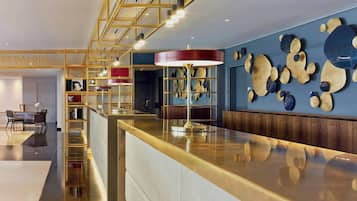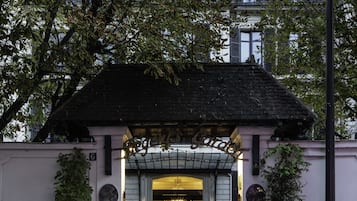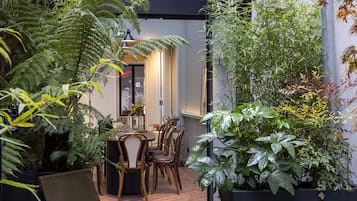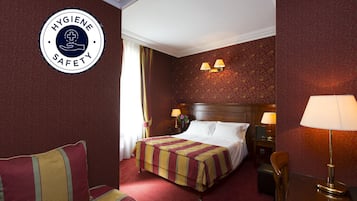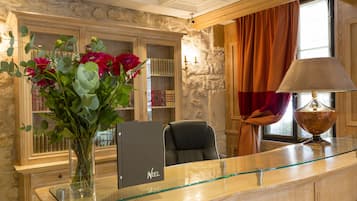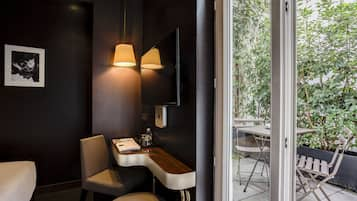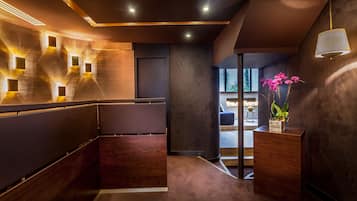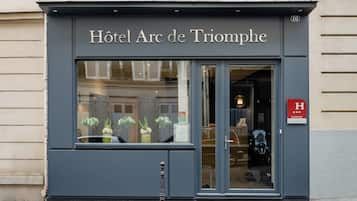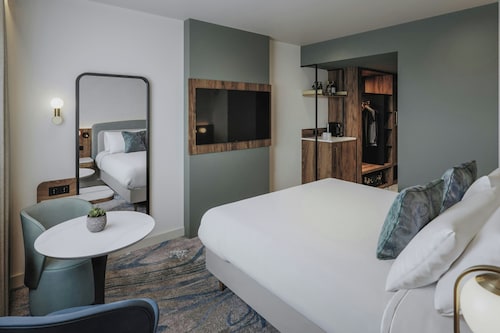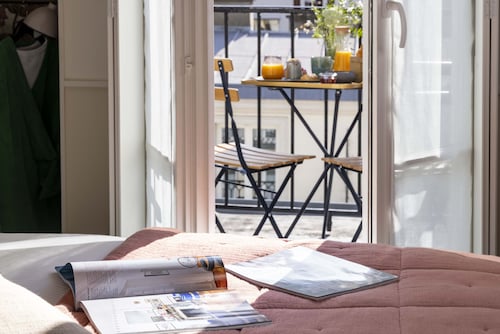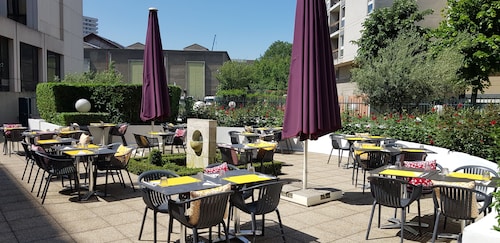Discover top 17th Arrondissement attractions
The 17th Arrondissement, or Batignolles-Monceau, offers a delightful blend of Parisian charm and local culture, perfect for families and travelers seeking quality experiences. Start your adventure at the beautiful Parc Monceau, a stunning park featuring manicured lawns, classical statues, and a picturesque pond, ideal for a leisurely family picnic or a serene walk. Just a short stroll away, the Marché des Batignolles, a lively organic market, invites you to sample fresh produce and regional delicacies, offering a taste of local life. Art enthusiasts will appreciate the Musée Cernuschi, home to a remarkable collection of Asian art, which provides an enriching experience for both adults and children. For a dash of whimsy, the nearby Rue des Dames boasts charming boutiques and cafés, perfect for an afternoon of shopping and indulging in French pastries. Finally, the historic Palais des Congrès hosts various events and performances, providing entertainment options for the whole family. Staying in hotels in the 17th Arrondissement presents a unique opportunity to experience Parisian hospitality. Many accommodations here feature stylish decor and family-friendly amenities, ensuring that your family feels pampered and well cared for during your stay. With convenient access to public transport, you can easily explore the rest of the city while enjoying the local flair of this vibrant neighborhood.
![The Arc de Triomphe de l'Étoile (Triumphal Arch of the Star) is one of the most famous monuments in Paris. It stands in the centre of the Place Charles de Gaulle (originally named Place de l'Étoile), at the western end of the Champs-Élysées. It should not be confused with a smaller arch, the Arc de Triomphe du Carrousel, which stands west of the Louvre. The Arc de Triomphe honours those who fought and died for France in the French Revolutionary and the Napoleonic Wars, with the names of all French victories and generals inscribed on its inner and outer surfaces. Beneath its vault lies the Tomb of the Unknown Soldier from World War I. The Arc de Triomphe is the linchpin of the Axe historique (historic axis) – a sequence of monuments and grand thoroughfares on a route which runs from the courtyard of the Louvre to the Grande Arche de la Défense. The monument was designed by Jean Chalgrin in 1806 and its iconographic program pits heroically nude French youths against bearded Germanic warriors in chain mail. It set the tone for public monuments with triumphant patriotic messages. The monument stands 50 metres in height, 45 m wide and 22 m deep. Its design was inspired by the Roman Arch of Titus. The Arc de Triomphe is built on such a large scale that, three weeks after the Paris victory parade in 1919 (marking the end of hostilities in World War I), Charles Godefroy flew his Nieuport biplane through it, with the event captured on newsreel. It was the tallest triumphal arch in existence until the completion of the Monumento a la Revolución in Mexico City in 1938, which is 67 metres high. The Arch of Triumph in Pyongyang, completed in 1982, is modelled on the Arc de Triomphe and is slightly taller at 60 m [Wikipedia.org]](https://images.trvl-media.com/place/6187899/ce730aaa-6e04-4cb2-ae2d-4e846d97c027.jpg?impolicy=fcrop&w=1200&h=500&q=medium)





